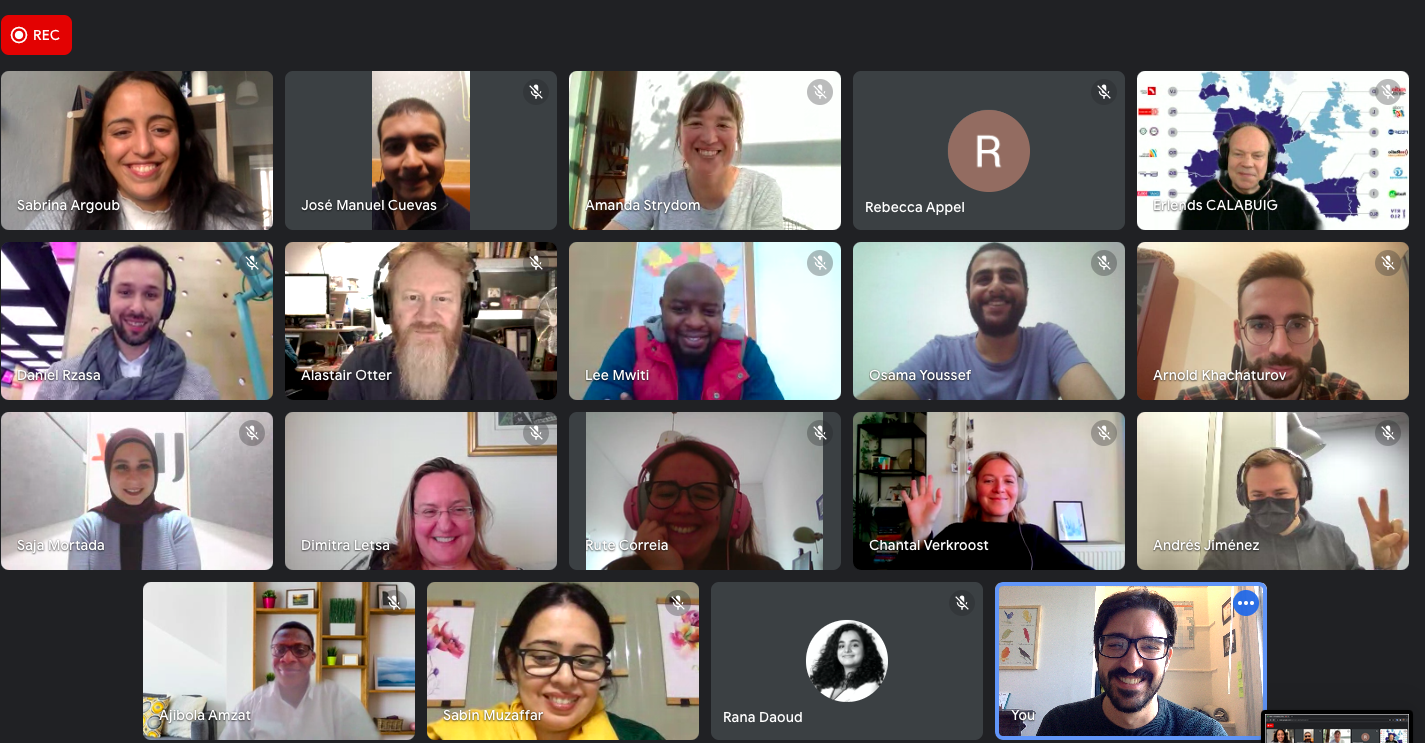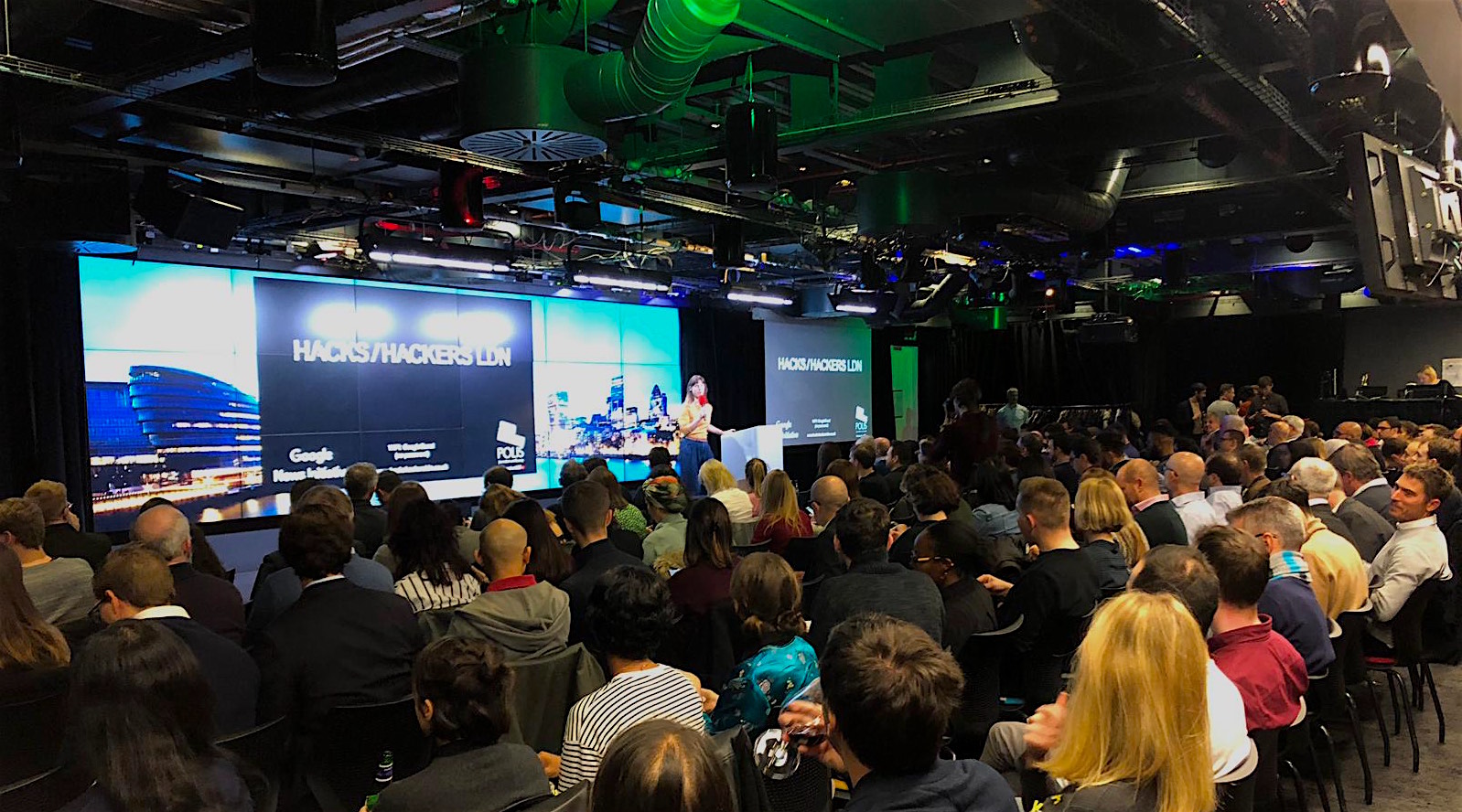This article is by Shirish Kulkarni, a journalist, community organiser, and researcher who is currently researching novel forms of news storytelling, with a focus on trust and inclusion. In 2021, Shirish worked with one of the teams of the JournalismAI Collab Challenges to investigate how AI technology and a modular journalism approach can help assemble new storytelling formats. Here’s a summary of what they learned.
It’s easy for conversations around journalism and artificial intelligence to focus on the “AI” bit and take the journalism as a given. The assumption that lies behind that is that we know how to do journalism, we just need to find a way for AI to make that easier, faster or bigger. However, that relies on two things being true:
- The way we’ve been doing journalism works brilliantly, our work reaches everyone we want it to reach, and it helps them all understand the world and engage with it in an informed way. Everything is fine.
- The process of automating journalism requires no changes to newsroom or editorial workflows. Journalists and editors can carry on doing exactly what they’ve always done and expect AI to wave a metaphorical magic wand and fix everything else.
Neither of those things are true.
Firstly, we know that audiences for news media have been falling across much of the world and we’ve consistently failed to reach many communities – not because they are “hard to reach” but because they’re badly served, under-represented or mis-represented.
Secondly, it’s not always possible (or desirable) to simply “automate” most journalism. Not all journalism is based on discrete items of factual data, so some level of human interpretation will be required. However, while we intuitively respond well to these human stories, our journalism habits often fail to make use of the storytelling expertise our species has built up over 30,000 years of human history.
Any conversation about the future of journalism has to start with storytelling, because that’s simply what journalism is – so conversations about journalism and AI must start with the story too.
Working on the JournalismAI Collab Challenges in 2021, with participants from Deutsche Welle, Il Sole 24 Ore, and Maharat News, we put storytelling at the heart of our work. The challenge we set for all the teams in the EMEA region was, “How might we use modular journalism and AI to assemble new storytelling formats?”. At the heart of modular journalism is the understanding that the traditional “one-to-many” news article can no longer be all things to all people, so we need more flexible ways of presenting news. We therefore defined “modules” of news as discrete elements of a story that can be created independently and then combined and recombined with other modules in order to create a variety of storytelling formats.
You can read more about that work at modularjournalism.com or watch our session at the JournalismAI Festival. Ultimately, we didn’t use any AI or machine learning at all, choosing to focus instead on the linguistic and definitional work that’s a fundamental and necessary condition to enable new forms of storytelling to be scaled using AI/ML in the future.
From user needs to modules
Our starting point was a huge set of “user needs” (image below), defined loosely as “What do our audiences want to know about this story? What questions do they need answered?”. These are essentially a new approach to the traditional Five Ws, updating them for a more complex, contested, and confusing world.

We started with a list of sixty candidates for key questions that would provide different types of information and might form the building blocks of multiple modular stories that could reach different audiences in different ways for different purposes at different times.
For practicality, but also because it’s a fascinating and enlightening process, I then narrowed these down to my choice of the ten modules that I think form the basis of a new, more inclusive and more reflective journalism:

The list includes obvious questions such as “What happened?”, or “What are the key facts?” but also a lot of questions which don’t appear in most journalism: “What is the impact on my community?”, “What don’t we know?”, or “How can we fix it?”.
These are key questions when thinking about what can help users understand a story or make sense of it, but rarely figure in traditional journalistic storytelling. Furthermore, “Why is this important?” should probably be the first question we ask ourselves, but when you look at traditional journalism, it’s striking how rarely you can find a good answer to that question.
Crucially, these are precisely the kinds of questions that the most badly served of our audiences urgently need answers to.
Armed with these ten key questions, I then set about mapping out what a series of stories incorporating these modules would look like. If we’re trying to create a set of stories to meet different user needs in different ways, then what approaches should we prioritise? What should be the aim of each story structure, which modules should they include, and what order should they appear in? These are five basic structures I settled on after a bit of experimentation:

These story structures map against things that research – including my own work on Reflective Journalism – has consistently told us users want from journalism: Things like greater context, a focus on the factual – as opposed to opinion, “Solutions” or “Constructive” approaches, and personalisation. Some interesting things stuck out immediately from this exercise.
The module “Why is this important?” features in all but one of these story structures. This has an impact on story selection, because there isn’t always a very good answer to that question for every story that we currently think of as “journalism”. For example, a fatal motorway car crash might be tragic, but is it important? What is its value to users if it doesn’t expose a systemic problem and there is no personal connection to it? These might feel like difficult or alien questions to journalists embedded in newsroom habits and culture, but let’s be clear: these are questions that many users have been asking for some time.
On the other hand, when there is a good answer to “Why is this important?”, these story structures enable us to address that in a much more direct way. A good example is this article about how a disabled Israeli minister was unable to access COP26. When I asked myself “Why is this important?”, the answer seemed clear to me: of course everyone should have the opportunity to participate in any event, regardless of any disability. When I wrote this down though, my first thought was “Some people will think this is not objective, or a bit campaigny”.
However, on reflection I realised that nobody should disagree with the proposition that all people should be allowed to engage with events on equal terms, and perhaps journalism doesn’t currently say that enough. In actual fact, what this approach enables is storytelling which more clearly responds to and reflects systemic issues
Another key thing to note is that, for a lot of stories, many of these modules become evergreen content that can be reused time and again over the extended lifetime of a policy or event. In some cases, that may be many years where background or contextual material doesn’t have to be rewritten from scratch every time and in which, for example, an “Update” story can be very quickly created by adding a new “What happened?” module to pre-existing content.
In general, our conception of what a news story is might have to change slightly – to major less on the “breaking” or “moving” elements and refocus instead on what helps users understand what the story is about and what it means to them. In this world, writing becomes less time-sensitive, and every article has a longer life in which users are provided with valuable and relevant information which helps orientate them within the world.
Interestingly, although the modules were all written discretely, all articles read very well when configured and reconfigured into different story structures. In many ways, they’re easier to write than traditional stories, because there is no padding or linking to be done, and the modules concentrate on the functional parts of the story.
What all our research and development has led to is an understanding that new forms of storytelling are not just a “nice to have”. They are fundamentally necessary to any journalism that hopes to use AI to provide information to a wider range of audiences at scale.
Technology has always driven changes in structure in our industry. The introduction of the telegraph is what led to the development of the inverted pyramid structure. Perhaps the only surprise is that the many advances in technology since then haven’t led to similarly transformative developments in journalism.
Right now though, journalism faces crises of trust and equity which are happening at the same time as rapid developments in the storytelling tools available to us. Surely now is the perfect time to ditch the status quo and work towards a reimagination that helps us answer the big questions facing our users, our industry, and our society.
Explore all the projects of the 2021 JournalismAI Collab Challenges on the website and sign up for the JournalismAI newsletter to stay up-to-date about our activities in 2022.
JournalismAI is a project of Polis, supported by the Google News Initiative.






